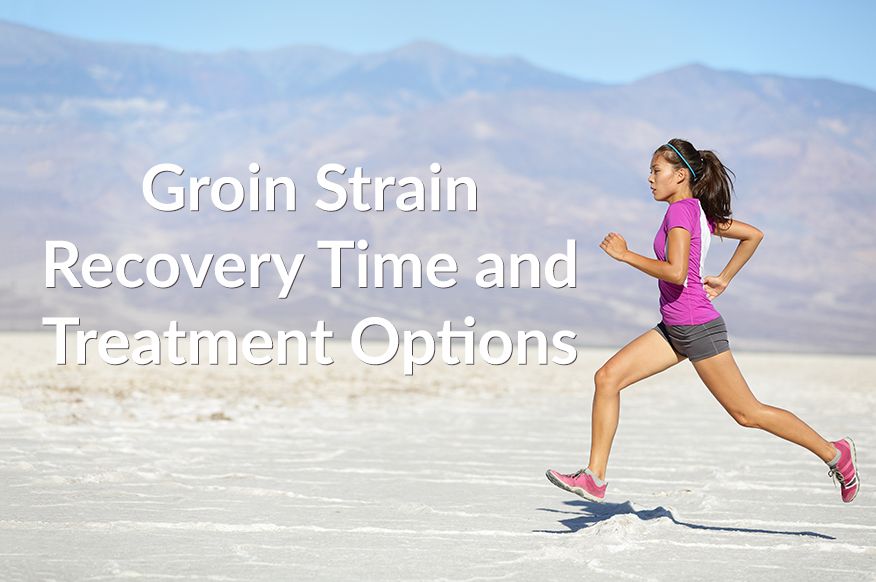
Groin Strain Recovery Time and Treatment Options
A groin strain is an injury common among athletes who play sports that require running, kicking and jumping. These injuries can vary in severity, though treatment is typically the same.
What is a Groin Strain?
Groin strains are muscle injuries that occur along the adductor muscles of the inner thighs.The groin refers to the mass of muscle on our inner thighs including adductors, gracilis, pectineus, and sartorius. A groin strains means one or more of these muscles have been overly stressed creating pain, inflammation, tearing of the muscle fibers, and possible tightness restricting the freedom of movement in the area.
What Causes a Groin Strain?
Groin strains are most often caused by the lengthening and contracting of the leg muscles at the same time. This dual action can put stress on the muscles, resulting in a strain. Strains typically occur with increased exertion during dynamic movement patterns such as sports requirements, running, lifting. The muscles of our groin also work as a helper to aid in pelvic stability. Poor pelvic/core stabilization may lead to increased activation/gripping of our groin muscles during functional movements which may cause a groin strain.
Symptoms of Groin Strain Include:
- Pain of the inner thigh
- Swelling
- Bruising
- Possible pain while walking, moving from sit to stand, getting in and out of a car
- Tightness to the muscles affected
- Muscle weakness
Diagnosis and Treatment
There are 3 degrees of groin strains:
1st degree: Small tears only affecting a few muscle fibers. Minimal swelling and muslce weakness is noted.
2nd degree: Moderate tearing is present lending to an evident weakness to the affected muscles compared to prior to the injury. Increased swelling and bruising may accompany a 2nd degree tear.
3rd degree: A 3rd degree tear is a full tear of the muscle fibers throughout the length of the muscles. 3rd degree tears may require a surgical intervention to regain function of the muscle and is typically accompanied by significant swelling and bruising.
Physical therapy can have a positive effect on groin strain recovery time by providing the necessary tools to treat and prevent groin pain. Your physical therapist will evaluate the level of groin strain that you have and will determine the best course of treatment for your specific needs. This may include:
- Manual therapy techniques to promote hip and leg range of motion
- Custom exercises to stretch and strengthen the muscles of the groin area, including areas of the lower back, hamstrings, and hips.
- Gait analysis is used to identify muscle imbalances
- Core/hip stabilization to decrease over use of groin muscles
How Long Does it Take to Recover?
Recovery time for groin strains is dependent on the severity of the injury and whether or not the root cause of the strain is determined and treated.
Grade 1: For mild groin strains, recovery time can be as little as two to three weeks
Grade 2: Moderate strains can heal in two weeks up to three months
Grade 3: Severe groin strains can take up to four or more months to fully heal
If your injury is taking an extended amount of time to heal or causing pain, it may be best to schedule an evaluation with a physical therapist. Physical therapists are experts in treating muscle strains and can determine the best treatment plan to help you recover from your injury.